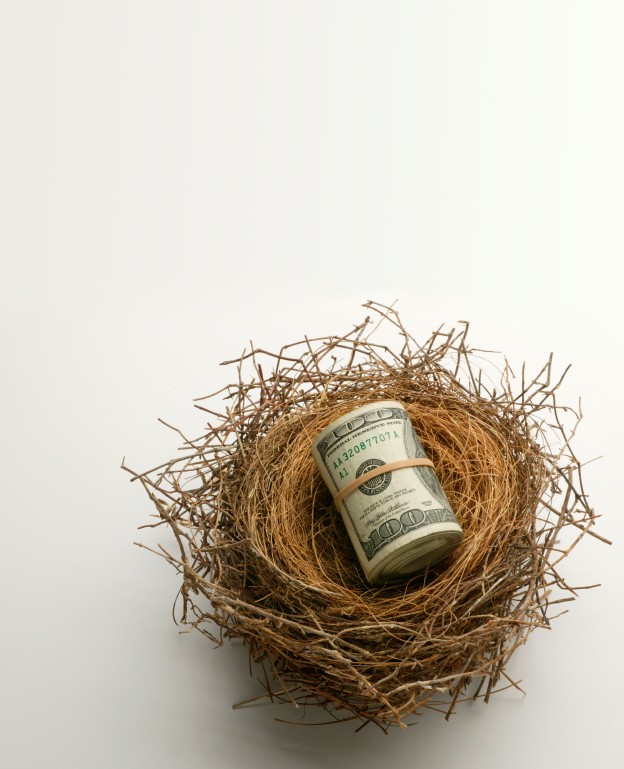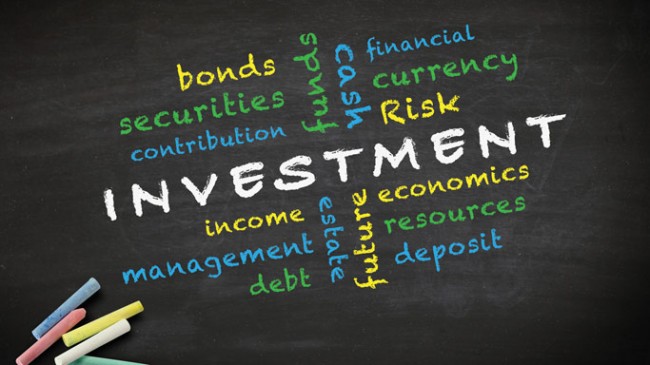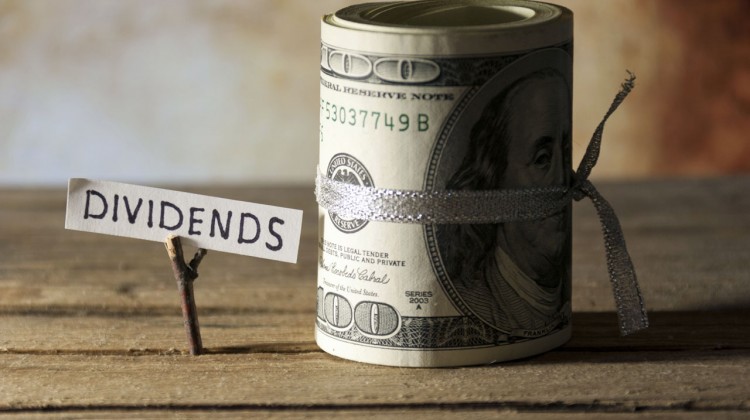How To Invest In Real Estate
- March 10, 2016
- proven
- Investment, Real Estate
- 0 Comment
Today’s economy is all about spending what you have, and then some. On an average, an American will spend $1.40 for every $1 they earn. Why? Because of credit. It’s literally plastic cash, nothing real, but the credit card companies are making actual serious money from the high rates of interest. Spending is great. Everyone works hard and has tons of responsibilities to meet, not to mention some unwinding time where they may spend on shopping or going out for drinks. All this is fine, living as if there is no tomorrow. But guess what? There is a tomorrow and a day-after-tomorrow and a day-after-that. Why not plan for those days? Make hay while the sun shines and all that jazz.
Great minds like Tony Robbins and Robert Kiyosaki live by the principle of: Pay Yourself First. As you earn, before you think of getting rid of bills, the rent, mortgage and any other expense, think of first putting a fixed amount aside that is going to eventually accrue and become an asset for you. And what better place to start than in real estate?
In his groundbreaking book, Rich Dad Poor Dad, Kiyosaki has said that you cannot consider your home an asset. What?! You might gasp. Well, think about it – you spend on it on a regular basis, through bills, maintenance, taxes and in so many other ways. However, buying a property and starting to earn on it will make it an asset that pays huge dividends in the long run.
When markets are down, people get scared because the “market isn’t doing well”. However, opportunists see this as the perfect time to begin buying up, because sellers are so desperate, they are willing to get rid of their real estate at a bargain, sometimes at even half than their original rate, at a significant loss. This is exactly the time when you need to pick up the opportunity and make the most of it.
But merely buying real estate and sitting on it is not going to get you anywhere. In fact, it may become a liability in no time. So what do you do? A good option would be to rent out the place and earn something off it on a regular basis. Also, waiting for the market to pick up again and selling it at a significant profit in no time at all.
Depending on the area you are targeting, you need to make sure that you know a lot about it, before putting down your hard earned money. Study it, hire an expert who already knows the tricks of the trade and is familiar with the area and go ahead make the investment.
Real estate is probably one of the most secure and has a high ROI (Return On Investment). Also, by holding on to property, you have something more than bad debt for your next generation to inherit.
Read More













